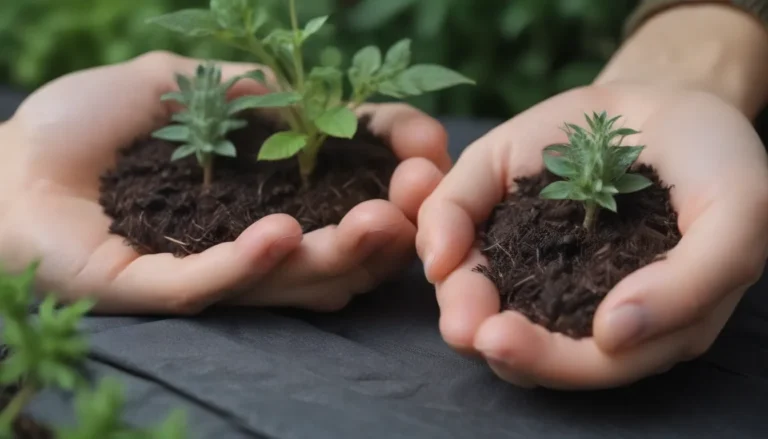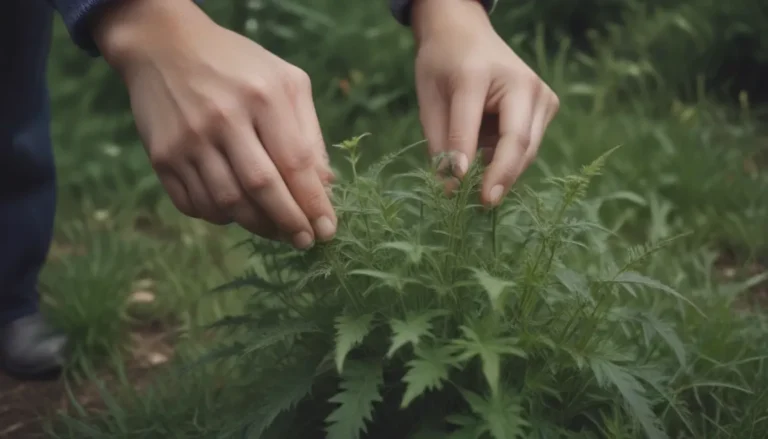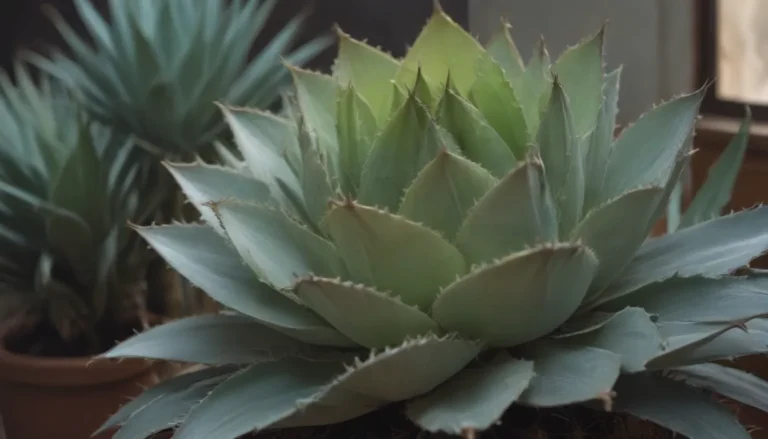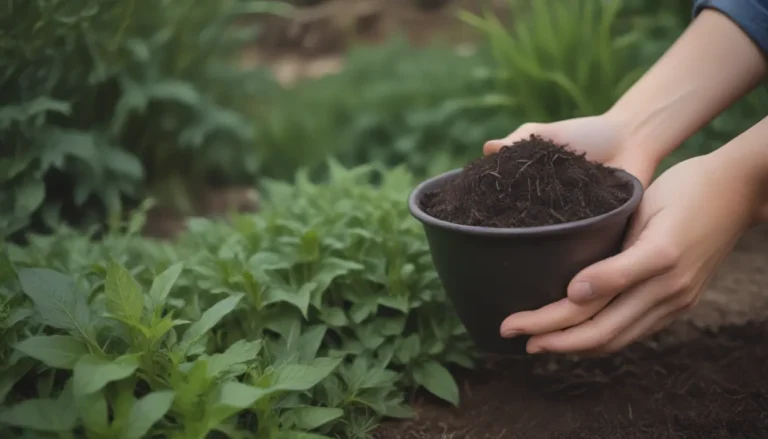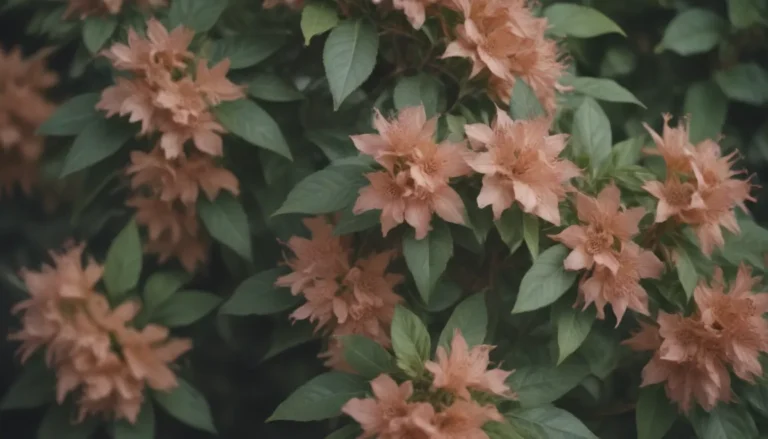A Guide on Encouraging Your Indoor Snake Plant to Bloom
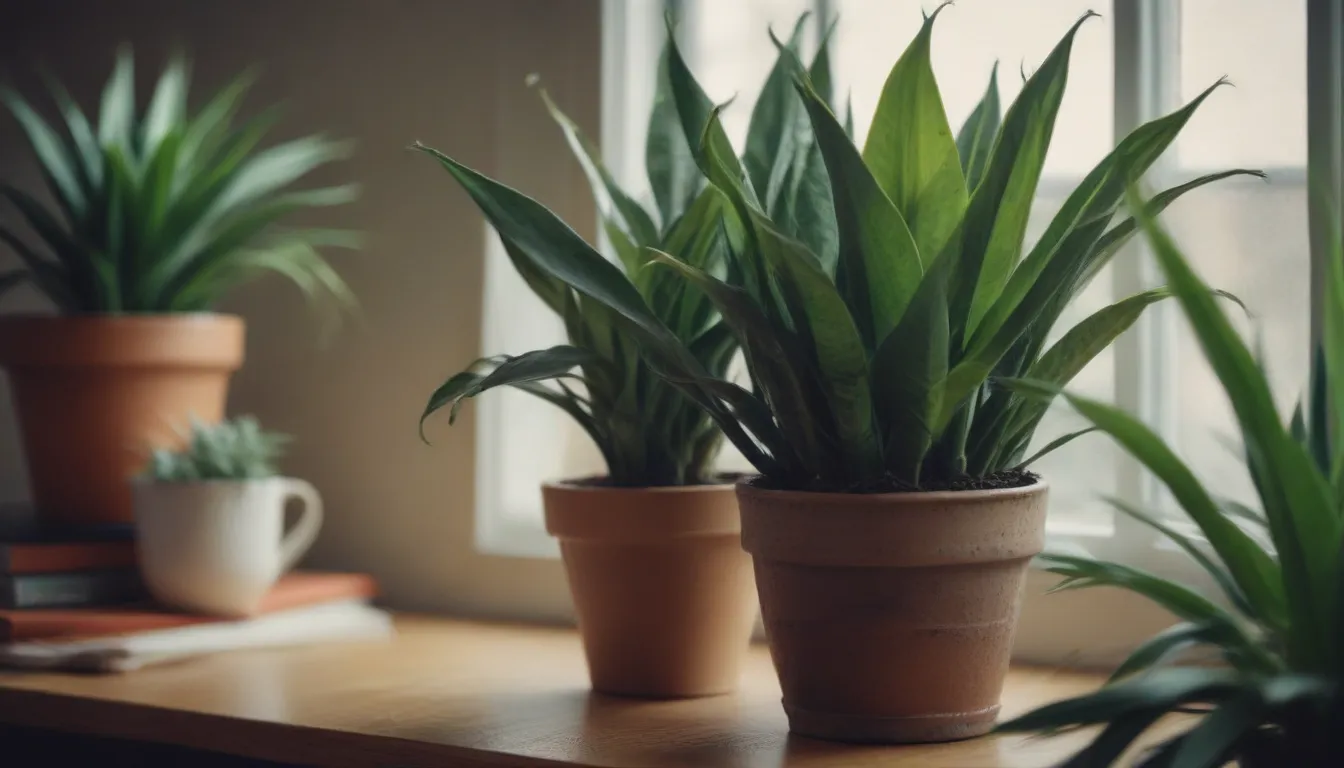
Snake plants, also known as Sansevieria, are popular indoor houseplants known for their air-purifying properties and low maintenance needs. While these plants may not bloom very often indoors, it is possible to encourage them to flower with the right care and conditions. In this guide, we will explore how to get your snake plant to bloom indoors and enjoy the fragrant flowers it produces.
Understanding Snake Plant Flowers
Snake plant flowers are unique and beautiful, with fragrant, spidery blooms that come in various colors such as white, yellowish green, or even shades of burgundy to pink, depending on the variety of snake plant. The flowers typically appear as thin, green spikes that emerge from the center crown of leaves in the spring, after the plant has come out of its winter dormancy.
These flowers open at night, starting at the bottom of the spike and moving upwards, emitting a strong scent described as vanilla or jasmine. If pollinated, the blooms may be followed by bright orange berries. However, it is important to note that the entire plant is mildly toxic to pets and humans, so caution should be taken when handling the flowers and berries.
Types of Snake Plants That Bloom
There are over 70 different varieties of snake plants, but not all of them flower. If you are specifically looking for a snake plant that blooms, here are a few reliable bloomers to consider:
- Sansevieria trifasciata
- Sansevieria cylindrica
- Sansevieria kirkii
Tips for Making Your Snake Plant Bloom
Getting a snake plant to bloom indoors can be a bit challenging, but with the right care and conditions, it is definitely achievable. Here are some tips to help you encourage your snake plant to bloom:
Maturity
A young snake plant is less likely to bloom, so it is best to wait until your plant is at least 2 years old before attempting to force it to flower. Mature plants are more resilient and better able to handle the stress of blooming.
Space
A root-bound plant is more likely to bloom than one with plenty of space to grow. If your plant’s pot is filled to the inside edge with roots, consider waiting a growing season or two before repotting it. A little stress from being crowded can actually encourage blooming.
Light
Proper lighting is essential for encouraging a snake plant to bloom. While snake plants can survive in low light conditions, they need at least 6 hours of indirect sunlight to flower. Placing your plant near a southeast-facing window can improve its chances of blooming. If natural light is lacking, consider using a grow light to supplement.
Water
Snake plants are drought-tolerant and do not like to be over-watered. Allow the soil to dry out completely between waterings to add a bit of stress that can encourage blooming. Experiment with your watering schedule to find the right balance for your plant.
Fertilize
Feed your snake plant with a balanced houseplant fertilizer in early spring and mid-summer. Avoid fertilizing during the autumn and winter months, as this can disrupt the plant’s natural blooming cycle. Avoid bloom boosters as they can cause salt buildup in the soil.
Conclusion
Encouraging your indoor snake plant to bloom can be a rewarding experience. By providing the right care and conditions, you can enjoy the beautiful and fragrant flowers that these plants produce. Remember to be patient and experiment with different growing conditions to find what works best for your snake plant. With a little bit of neglect and stress, you may be able to coax your plant into blooming and enjoy its unique and captivating flowers.
